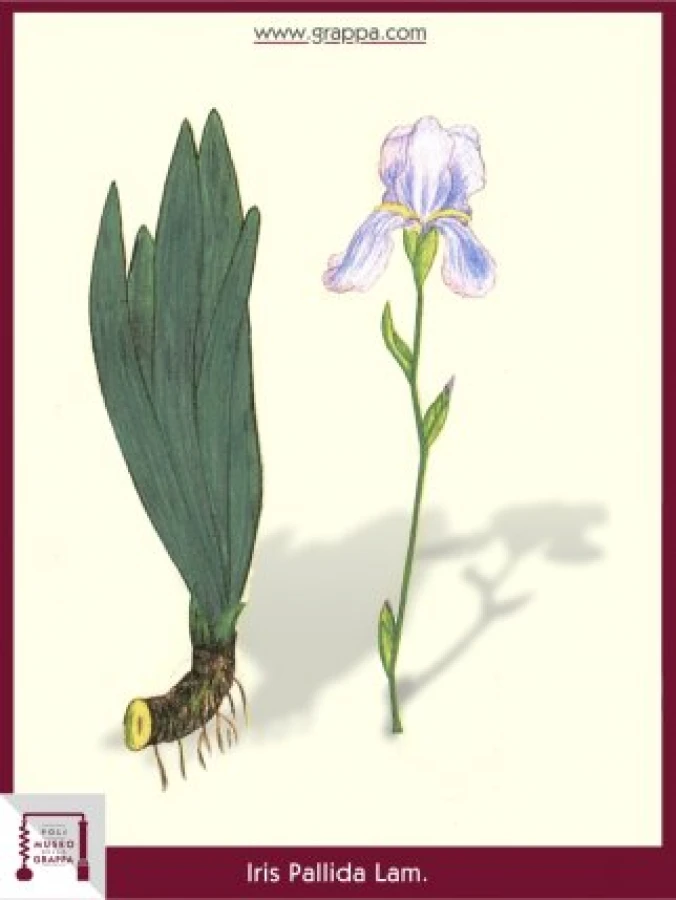Fragrance and taste of violets
Dalmatian Iris or Sweet Iris
Fragrance and taste of violets
Plant:
Dalmatian Iris or Sweet Iris
Plant Part:
flower
Plant Properties:
diuretic, expectorant, nerve-strengthening, antiseptic, antiasthmatic, emetic, purgative
Description:
The various species of lris originating from Asia Minor and well acclimatized in Europe in hilly regions, are widely cultivated for both food, ornamental and medicine purposes and are called indiscriminately "irises".
The ancient medicine had used the root of iris as a purgative but in more recent times has been extracted from the rhizome a substance called Irone.
It is an essential oil with a characteristic scent of violets that was used as a corrective in many pharmaceutical preparations, especially toothpastes. In older pharmacies, furthermore, they were also prepared the so-called „peas from Paris" which were the balls of rhizome soaked in vesicant substances that were intended to heal the wounds keeping them open so that they „purify".
The essential oil obtained by distillation relaeses also the "butter Ireos", that is strongly in demand in the food industry for the production o flavorings.
It is also worth mentioning that the iris is extensively used as a corrective of wines and spirits for its characteristic violet scent. In a good Grappa, flavored with iris, we can find the same delicate scent.
Ingredients:
- 2 pieces of root of the sweet iris without bark
- 1 liter of Grappa
- some brown sugar
Preparation:
Two pieces of root without bark, well dried in the sun until they will assume a yellow-ivory color, will have to be placed in a liter of Grappa, in a sunny place, for about three months along with some sugar cane.
It is filtered and is then left to age for two months.
The liquor will have assumed a pale yellow color of its root and will have the aroma and flavor of violet.


